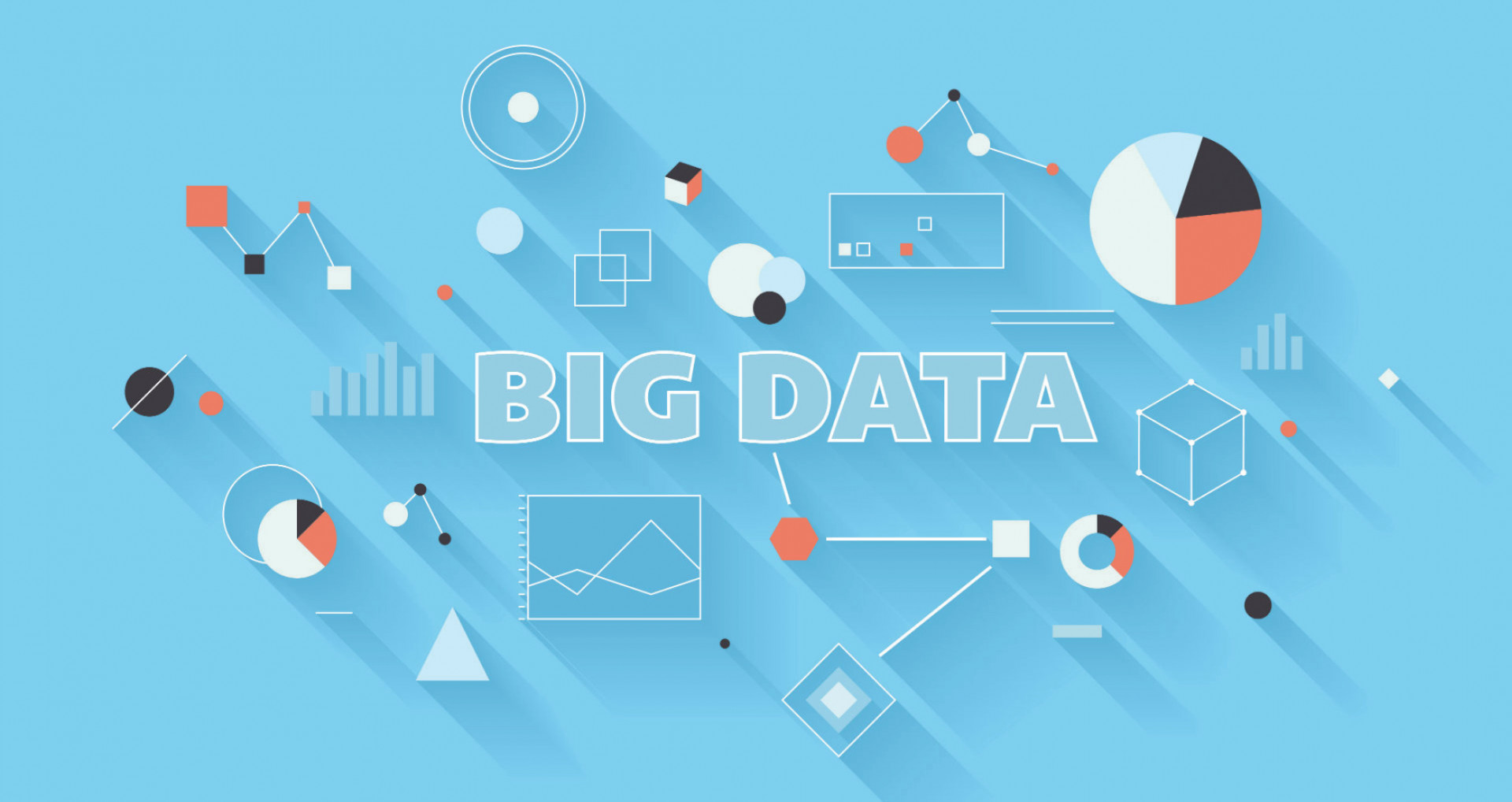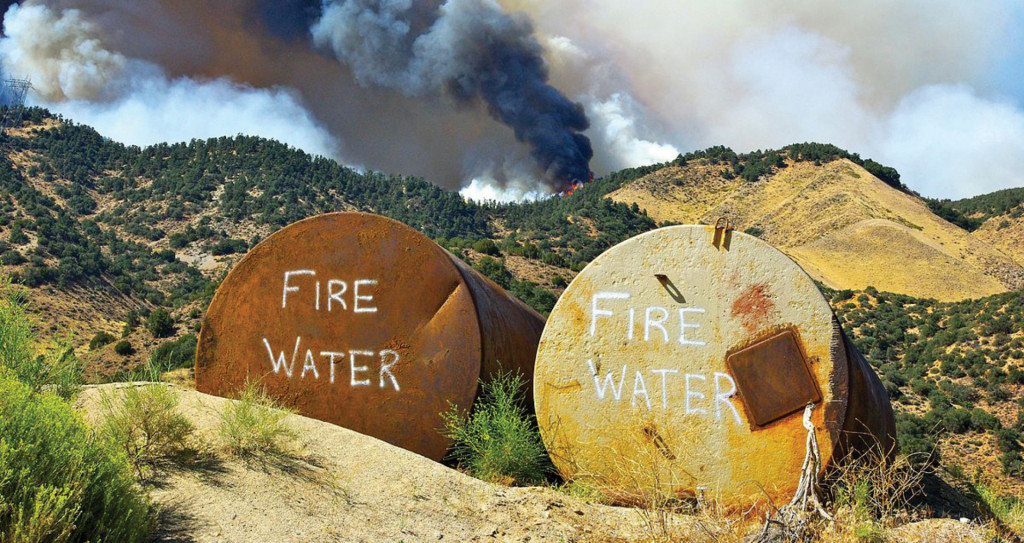The important role of data science in combating wildfire
Wildfires are rarely out of the news and sadly this trend appears to be ever increasing. The destructive impact of fire has clearly demonstrated, particularly from devastating blazes in California and throughout Australia. Other smaller fires, perhaps with less global media exposure have also left their mark leaving whole communities affected. Utilities are a central part of these communities. They have a very challenging task in ensuring they minimize the chances of a fire incident and also in restoring power should an incident unfortunately occur.
Projections on climate change paint a pessimistic picture, with increasing likelihood of fire events. This is due to longer, hotter periods and often changing precipitation patterns. As a result, this trend is unlikely to reduce.
Some of the challenges in utility vegetation management
One of the common approaches to tackle fire risk is for utilities is to determine the proximity of trees, in order to remove those within the minimum clearance distance of those deemed 'a danger tree’. This makes sense in many scenarios, but when there are potentially hundreds of thousands of trees that are ‘too close’ it's often not possible or economically viable to remove them all. In addition, managers are increasingly needing to look at the potential of ignition due to trees or branches striking live conductors.

Although technology offers solutions it does so with its own challenge, data. More specifically lots of it. Although being able to measure and monitor everything is a huge advancement, a distinct challenge is cutting through to critical insights that are needed to optimize the networks and make them safer. Specific approaches are needed to tackle the Big Data in order to avoid being swamped by the huge volumes - and to serve this up in a practical usable manner.
Further pressure comes from regulators and customers to manage this risk, but often not at the expense of long preventative outages. This means operators need to consider different options to be able to reduce the risk, often without an increase in budget. Are these two parameters mutually exclusive or is there a method to reduce costs and mitigate fire risk.
The role of technology
Fortunately then, technology offerings have also improved in recent years. Improved machine learning practices offer an automated way to assess vast data sets and deliver insights from Big Data. Providing improved ways to assess entire networks and identify risk locations. This has been a crucial key in unlocking more holistic, predictive analytics. Cutting through the mass data and offering real insights into vegetation growth behavior, fire risk locations and the like.
The ability to project localized weather conditions offers a new facet for hardening the network, ensuring the appropriate levels of network management when and where it is most needed. Also, in helping network operators with preparedness so they can recover from fire events more effectively.

Finally, remote sensing technology includes more satellite options (smallsat constellations). Although in their infancy, these show great promise to track vegetation changes in real time. This is still some way off but will open the ability to monitor vegetation growth change on a network scale - targeting tree management at the span level.
What is next for the industry?
Predicting what will happen next is always difficult, but there is clearly pressure for utilities to do all they can to mitigate these risks. This includes being able to demonstrate they are improving in their efforts - something that science-based metrics are well suited to.
Similarly, fire behavior monitoring and risk characterisation is becoming more systematic, providing potential to further target preventative efforts. Quantifying where fires could start, where they may spread and what impact they may have. The theory being better metrics lead to better insights and therefore better management decisions.
It is my belief that science and technology will provide the tools to do this. Ultimately though it requires the collective drive and responsibility of industry (both networks and their supplier base) to consider how these solutions come together to mitigate fire risk on the networks.
